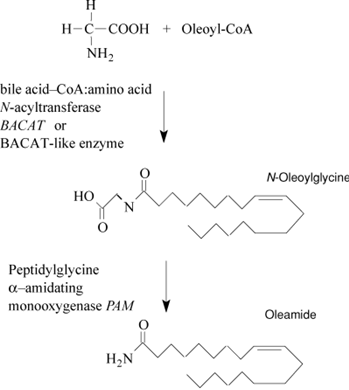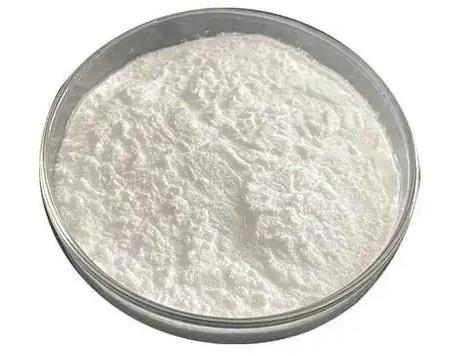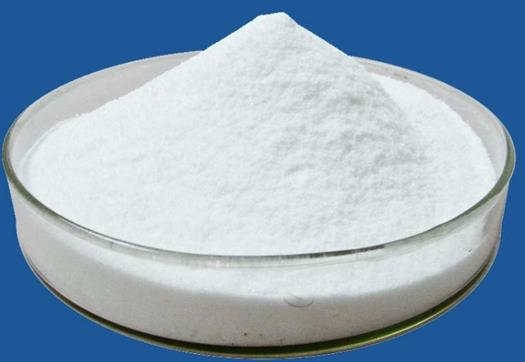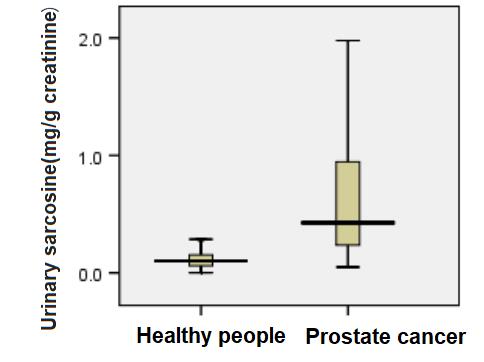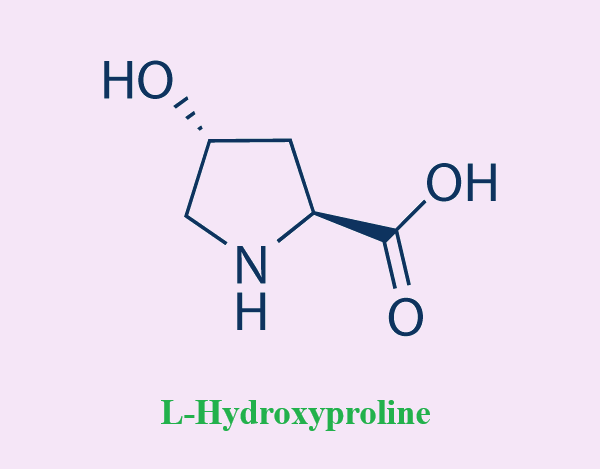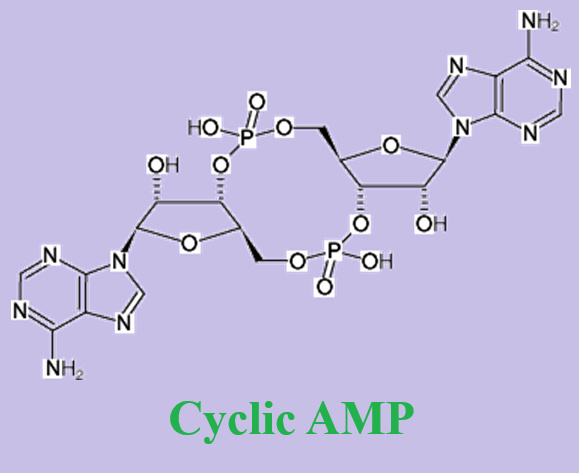Amino Acids and Derivatives
More
Less
Amino acids and their derivatives belong to a compound containing both amino group and carboxyl group. They are presented in both the form of free-state and bound-state in vivo. Free amino acids are distributed in all kinds of animal cells and body fluids with the bound amino acids being the mainly basic components of proteins and peptides.




